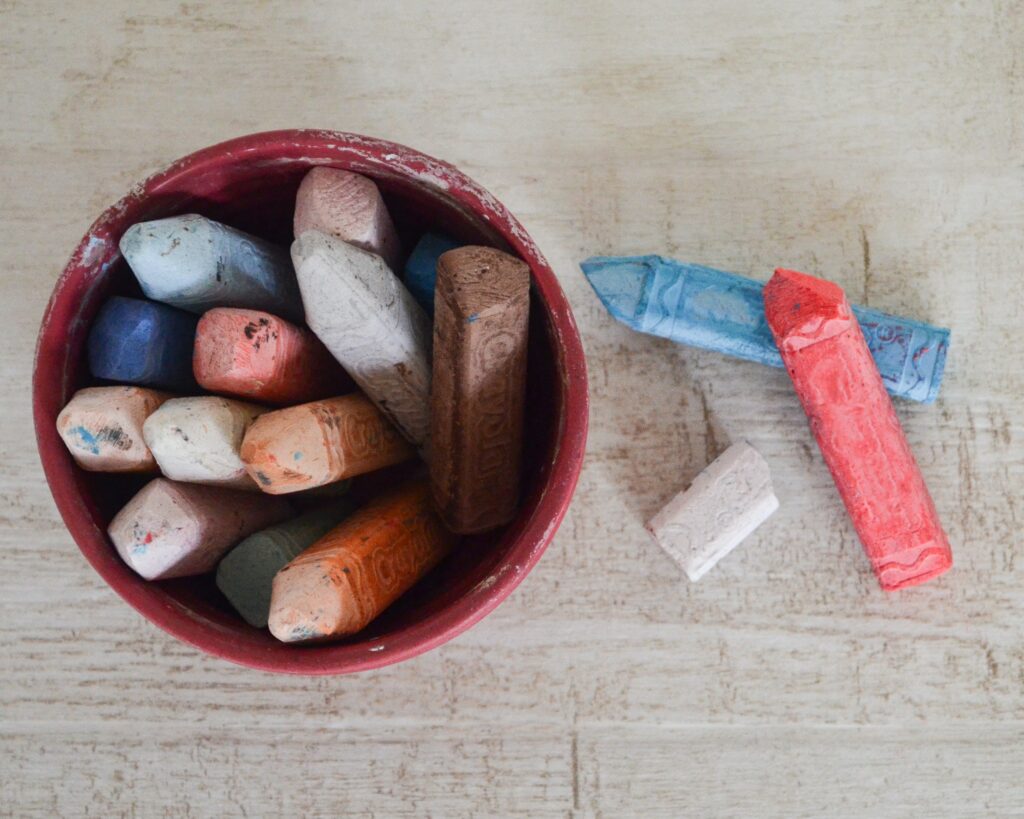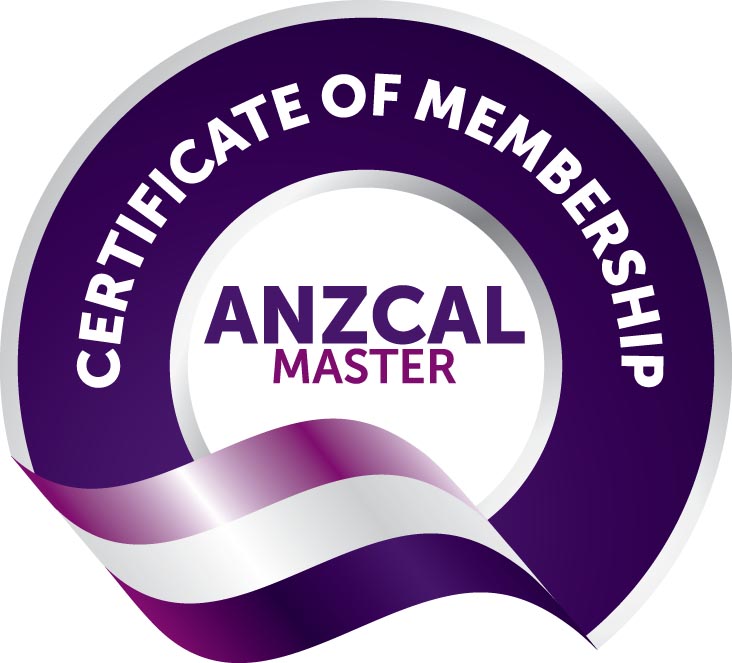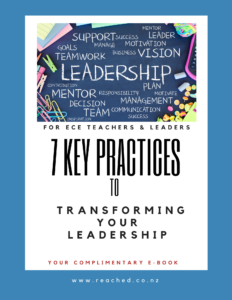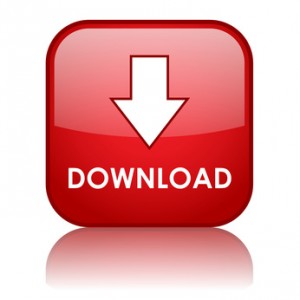Pedagogical documentation is a process of making learning visible to support and inform curriculum planning. It involves collecting data about children’s interests and current knowledge, and reflecting on the data in order to plan, implement, assess and progress learning. Data collection can be done with different tools, such as notes, videos, recordings, portfolios and forms.
Pedagogical documentation can help early childhood teachers and educators to:
- Enhance their understanding of children’s interests, current knowledge, questions, play, and learning.
- Communicate with children, families, colleagues and other stakeholders about the educational process and learning outcomes.
- Foster a culture of collaboration and innovation among staff and children.
- Engage in continuous professional development and lifelong learning.
Implementing a pedagogical documentation process in an early childhood setting requires careful planning, preparation and evaluation. Here are some steps that early childhood educators can follow to implement a pedagogical documentation process in their setting:
-
Define the purpose and scope of the documentation
The first step is to define the purpose and scope of the documentation. What are the goals and objectives of the documentation? Who are the intended audience and users of the documentation? What are the ethical and legal considerations of the documentation? How will the documentation be aligned with our Te Whāriki curriculum framework and other identified educational philosophies you may be implementing, such as Reggio Emilia, Pikler, Montessori, Kaupapa Māori, Pasifika approaches etc?
Of particular significance, how will the documentation be integrated into the daily routine and practice?
-
Select the tools and methods for data collection
The next step is to select the tools and methods for data collection. What types of data will be collected? How will they be collected? Who will collect them? When and where will they be collected? How will they be stored and organized? How will they be protected and shared?
Some examples of tools and methods for data collection are: observations, interviews, surveys, photographs, videos, audio recordings, drawings, paintings, sculptures, writings, portfolios, forms, etc.
-
Analyze and interpret the data
The third step is to analyze and interpret the data. How and when will the data be analyzed, and by whom? Will the data be analyzed as a team? What questions will guide the analysis? What themes or patterns will emerge from the data? How will the data be interpreted? What insights or conclusions will be drawn from the data? How will the data be validated or triangulated?
Some examples of methods for data analysis and interpretation are: coding, categorizing, sorting, comparing, contrasting, summarizing, synthesizing, narrating, visualizing, etc.
-
Communicate and share the documentation
The fourth step is to communicate and share the documentation. How will the documentation be communicated and shared? What format and style will be used? What language and tone will be used? What message and meaning will be conveyed? Who will communicate and share the documentation? With whom and for what purpose? How often and through what channels?
Some examples of formats and styles for communication and sharing are: posters, displays, books, slideshows, videos, podcasts, blogs, newsletters, reports, presentations, etc.
-
Use the documentation for planning and improvement
The final step is to use the documentation for planning and improvement. How will the documentation inform and influence future practice? How will it support and enhance children’s learning and development? How will it foster and sustain staff’s professional growth? How will it promote and celebrate quality early childhood education?
Some examples of ways to use the documentation for planning and improvement are: setting goals, making decisions, taking actions, reflecting on outcomes, providing feedback, recognizing achievements, identifying challenges, seeking solutions, etc.
Summary
To summarize, pedagogical documentation is a process of making learning visible to support and inform curriculum planning and learning outcomes.
It involves collecting data about children’s interests and current knowledge, and reflecting on the data in order to plan, implement, assess and progress learning.
Some steps that early childhood educators can follow to implement a pedagogical documentation process in their setting are:
– Define the purpose and scope of the documentation
– Select the tools and methods for data collection
– Analyze and interpret the data
– Communicate and share the documentation
– Use the documentation for planning and improvement
By following these steps, early childhood educators can implement an effective pedagogical documentation process in their ECE setting.
© Gaynor Clarke, October 2023
Gaynor Clarke
B.Ed (Teaching), Cert Tertiary Teaching, PGDip Ed, MEd Leadership
Reach. Teach. Lead.
Reach Education Ltd
Teacher Leadership Mentoring and Life Coaching. Personal and Professional Development.
Gaynor is a teacher educator and mentor facilitating personal & professional leadership wellbeing outcomes for teachers.
If you are an early childhood teacher or leader looking to enhance your leadership skills, I would love to work with you. As a leadership mentor and coach, I specialize in helping early childhood educators develop their leadership potential and make a positive impact for the ākonga they serve. If you are interested in learning more about my leadership mentoring services, please visit my website or contact me directly to schedule a consultation. I would love to work with you!








Leave a Comment
You must be logged in to post a comment.